Last year’s Xiaomi 13 Ultra received praise from Trusted Reviews, Gizchina and other tech platforms for its impressive camera capabilities and overall performance.
This year, Xiaomi is raising the bar with the Xiaomi 14 Ultra, which was just showcased at MWC 2024 in Barcelona this week. Building upon the Xiaomi 14 Pro, we expect the Ultra to live up to its name.
Taking a closer look at the Xiaomi 14 Ultra, it is likely to be a strong contender for the title of the best Android phone of 2024. Additionally, Xiaomi has confirmed that this handset will also available to the global market.
Despite the top-notch features of the Xiaomi 14 Ultra, does it have significant improvements over its predecessor? How well that is boast over the Xiaomi 13 Ultra? Is it worth the upgrade? Below, we will discuss the key differences between the Xiaomi 13 Ultra and the latest 14 Ultra. Let’s get started!
Xiaomi 13 Ultra vs Xiaomi 14 Ultra Camera Difference 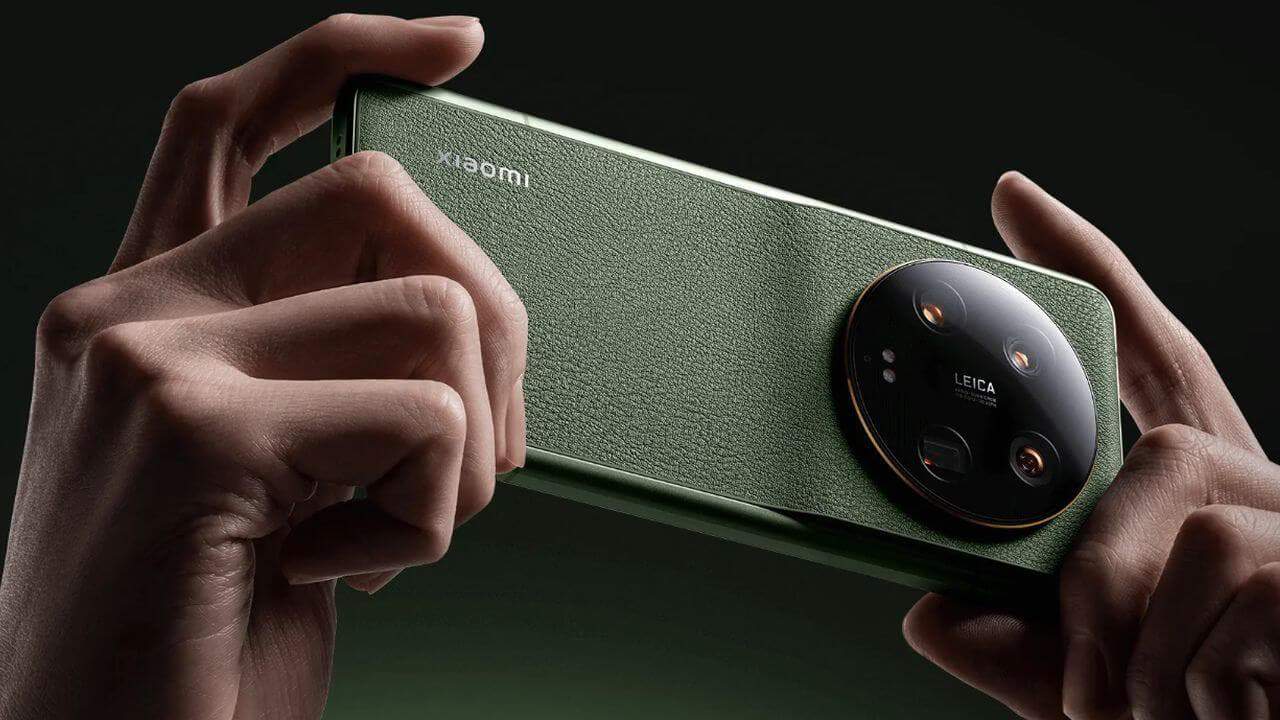
Trusted Reviews’ editor Max Parker’s verdict on the Xiaomi 13 Ultra, calling it “more camera than phone,” still holds true with the new Xiaomi 14 Ultra. The focus on photography persists this year with a quad-camera array.
The main difference between generations lies in the upgraded version of Sony’s 1-inch mobile main camera sensor, known as the LYT-900. This sensor is also featured on the Oppo Find X7 Ultra.
It retains the 50-megapixel resolution. There’s a wider f/1.63 variable aperture on this one, which is an improvement from the f/1.9 on last year’s model.
The other key change to the cameras is the f/2.5 aperture on the 120mm periscope lens. Otherwise, the 75mm telephoto and 12mm ultrawide (122-degree field of view) cameras remain the same. They’re all capable of capturing 50-megapixel images.
Xiaomi is also adding four AI models thanks to the Xiaomi AISP neural chip. The merits of those FusionLM, ToneLM, ColorLM, and PortraitLM models will become apparent during real world usage.
Xiaomi 13 Ultra VS Xiaomi 14 Ultra Design Differences 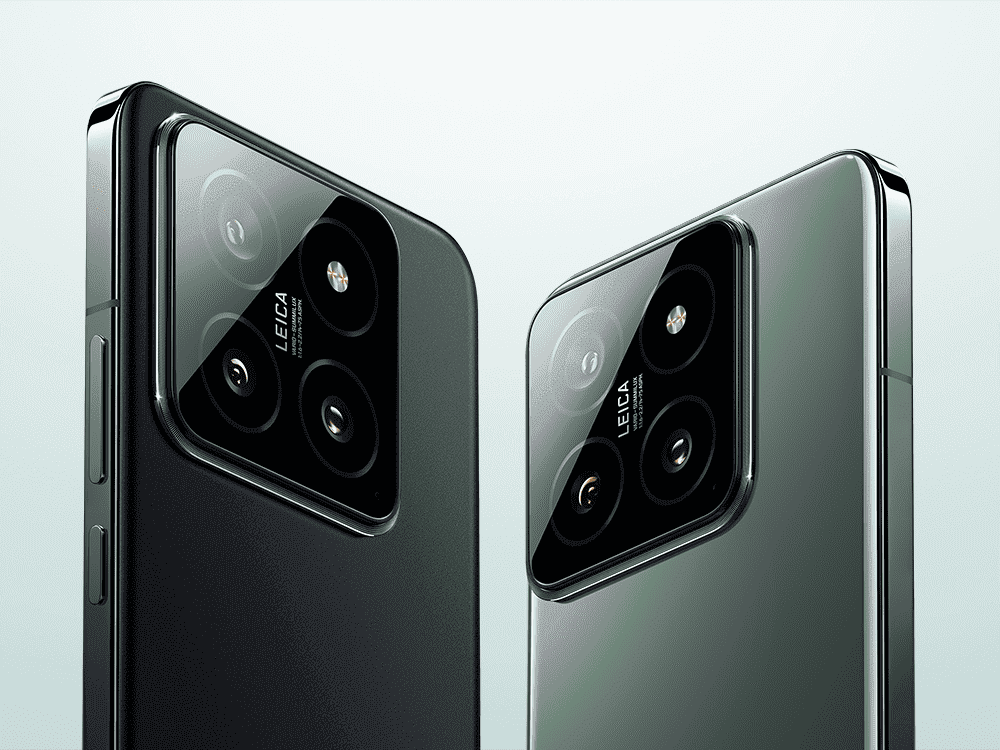
The designs of the phones are quite similar, but there are slight differences in the camera array, now featuring a sloped frame design instead of a pronounced bump. Additionally, one of the models comes with a new “Dragon Crystal” glass to shield the back of the phone, and there’s an option for a vegan leather rear casing. The mid-frame is made of an aluminum alloy that Xiaomi claims is stronger than the iPhone 15 Pro’s titanium.
Xiaomi 13 Ultra VS Xiaomi 14 Ultra Battery Difference 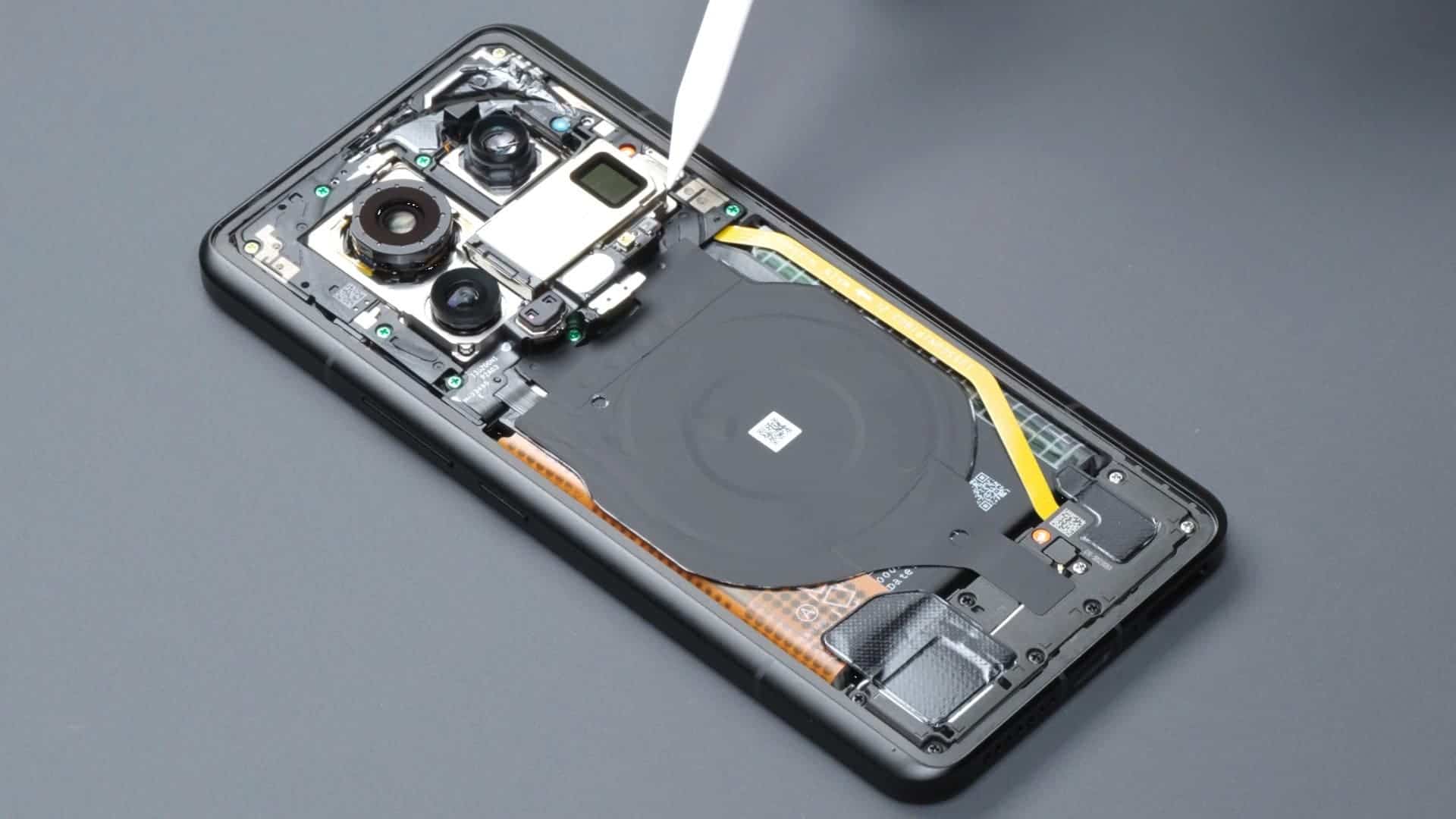
You’ll also get more battery life from the Xiaomi 14 Ultra, thanks to the new 5,300mAh sensor that comes in an 8% smaller footprint than its predecessor, which was 5,000mAh in size. The company claims it will provide 17% more battery life overall.
Xiaomi states that the 90W wired charging will take 12.5 minutes to reach 50%. It’s predecessor, the Xiaomi 13 Ultra took 17 minutes, so that’s a decent improvement.
Xiaomi 13 Ultra VS Xiaomi 14 Ultra Chipset Difference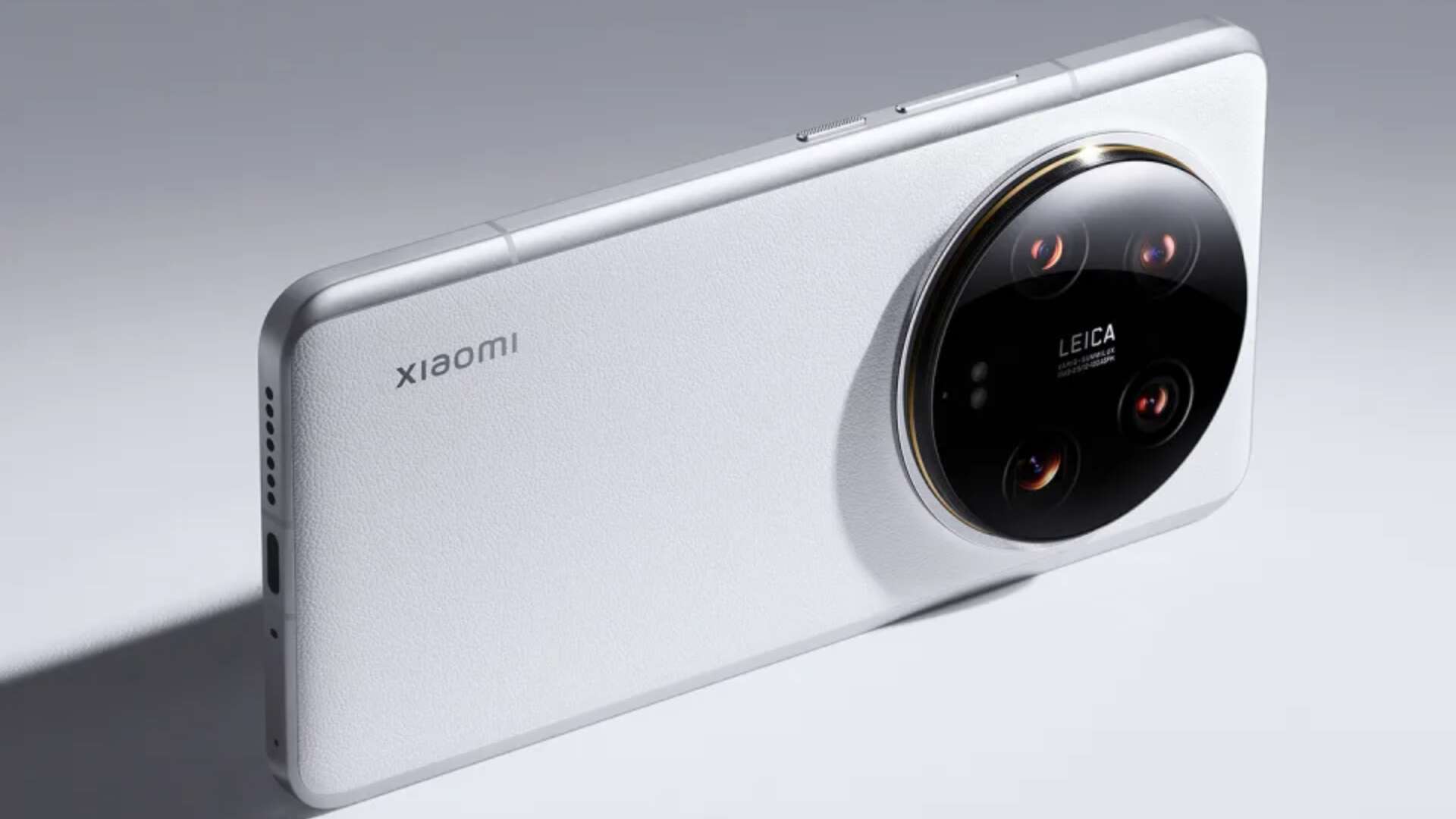
Unsurprisingly, this year’s Xiaomi 14 Ultra comes with the latest Snapdragon chip, the 8 Gen 3 model, an upgrade from the Gen 2 in the 13 Ultra. It still offers up to 1TB of storage and 16GB of RAM.
Additionally, Xiaomi is introducing a new homegrown Surge T1 chip aimed at improving cellular (by 37%), Wi-Fi, and Bluetooth (by 16%) connections.
The new Xiaomi 14 Ultra model now supports two-way satellite calling and texting. It boasts faster satellite connection, being able to latch onto the satellite 60% faster and connect to it 29% faster.
Xiaomi 13 Ultra vs Xiaomi 14 Ultra Display Difference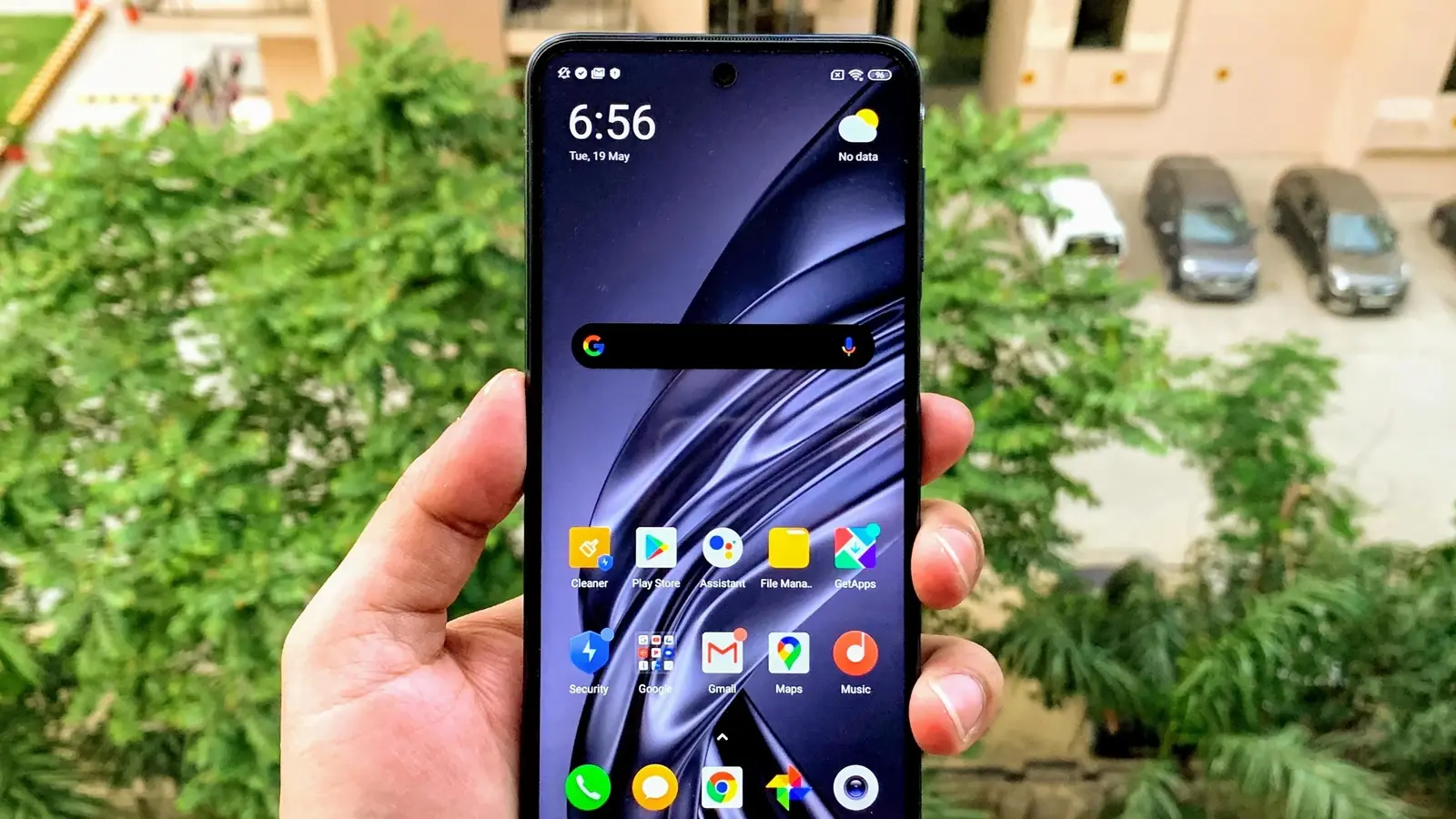
The Xiaomi 14 Ultra features a 6.73-inch 120Hz LPTO AMOLED display with a peak brightness of 3000 nits. The display supports Dolby Vision and HDR10+ HDR, offering a resolution of 1440 x 3200 and a pixel density of 522 pixels per inch.
The Xiaomi 14 Ultra boasts a notable improvement in brightness compared to its predecessor, with a rating of 3000 nits, surpassing the 2600 nits of the Xiaomi 13 Ultra.
Conclusion
Building on the strengths of the 13 Ultra, the Xiaomi 14 Ultra boasts an upgraded camera with Sony’s LYT-900 sensor, wider aperture, and AI improvements. It offers a similar design with a sleeker camera bump, a larger 5,300mAh battery with quicker charging, and the latest Snapdragon 8 Gen 3 chip. Notably, the 14 Ultra features a brighter display and supports two-way satellite communication.

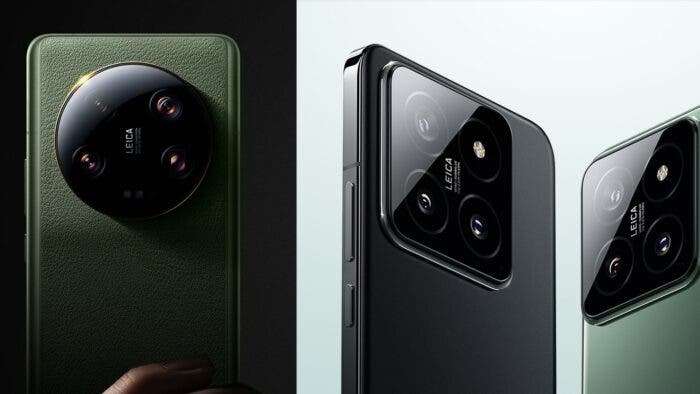




Network
Launch
Body
Display
Platform
Memory
Back Camera
We Have Share Mobile Specification Can You Went To More Click Here